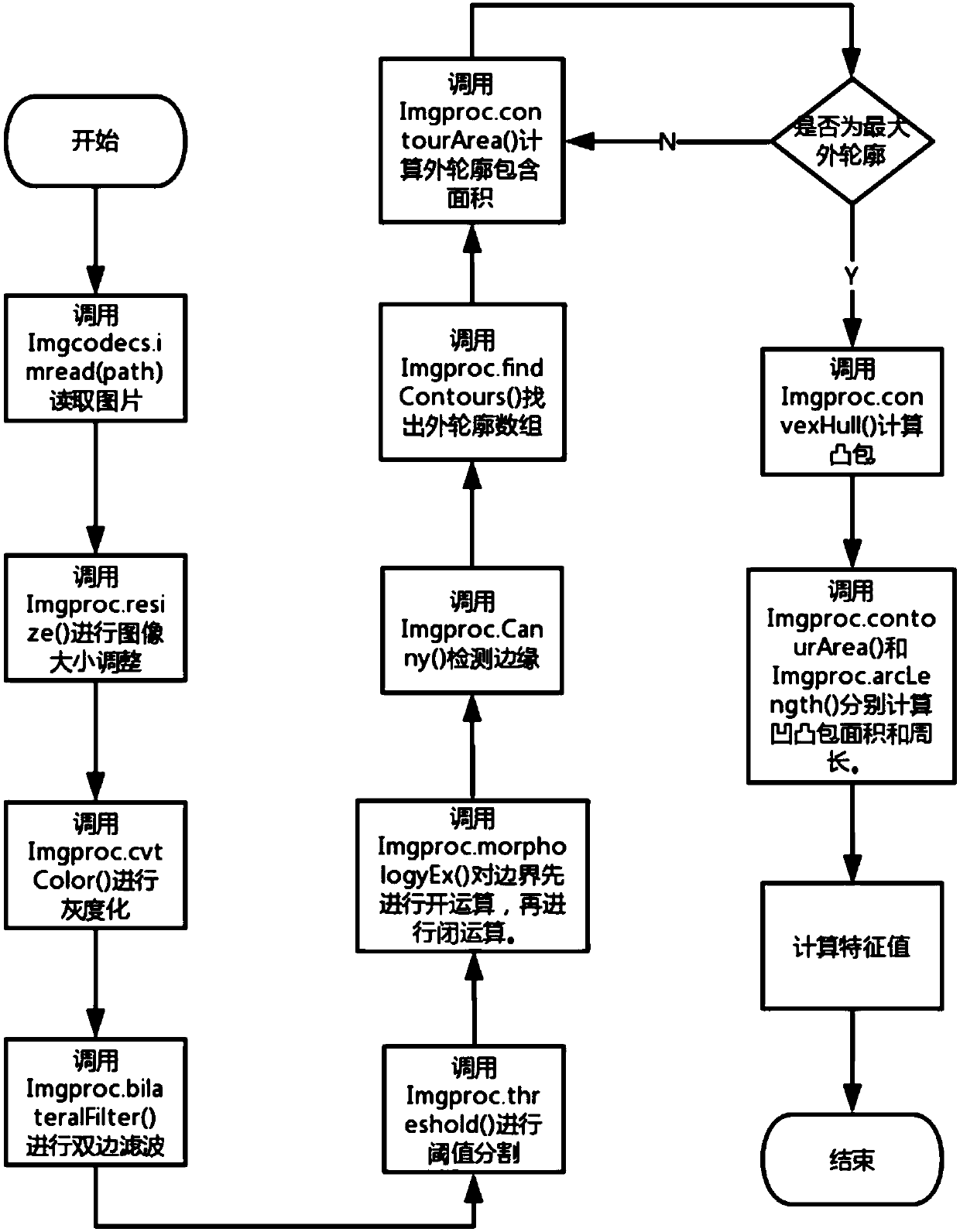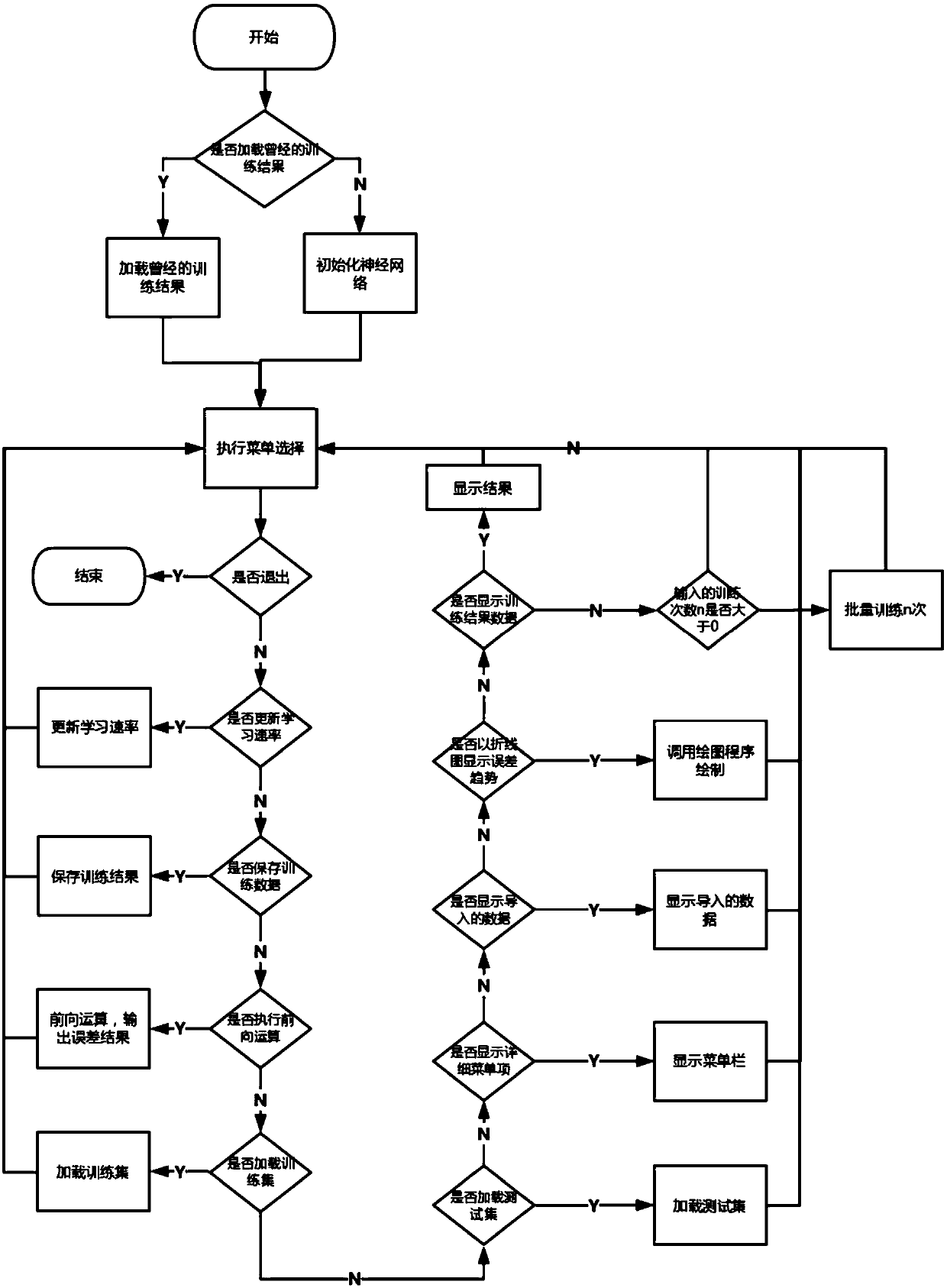Plant identification method
A recognition method and plant technology, applied in the field of plant recognition, can solve the problems of unsuitable multi-plant classification and the decline of recognition rate, and achieve the effect of strong self-learning ability and improved accuracy
- Summary
- Abstract
- Description
- Claims
- Application Information
AI Technical Summary
Problems solved by technology
Method used
Image
Examples
Embodiment
[0041] Such as figure 1 As shown, a plant recognition method in this embodiment is based on deep learning, and deep learning can learn features with multi-level abstraction. Previously, machine learning used feature extraction methods designed by domain experts to extract data features, which were usually relatively low-level and simple features (such as SIFT and SURF features of pictures, etc.). Due to the limited expressive ability of simple features, the post-processing effect is not ideal. In contrast, deep learning technology constructs a complex multi-layer artificial neural network model by simulating the multi-layer organizational structure of the cerebral cortex. Through multi-level learning of large-scale training data, it finally obtains the depth of features of different abstraction levels that can be extracted. Model. Therefore, deep learning has great advantages in dealing with complex unconstrained problems such as plant image recognition clustering.
[0042]...
PUM
 Login to View More
Login to View More Abstract
Description
Claims
Application Information
 Login to View More
Login to View More - R&D
- Intellectual Property
- Life Sciences
- Materials
- Tech Scout
- Unparalleled Data Quality
- Higher Quality Content
- 60% Fewer Hallucinations
Browse by: Latest US Patents, China's latest patents, Technical Efficacy Thesaurus, Application Domain, Technology Topic, Popular Technical Reports.
© 2025 PatSnap. All rights reserved.Legal|Privacy policy|Modern Slavery Act Transparency Statement|Sitemap|About US| Contact US: help@patsnap.com



